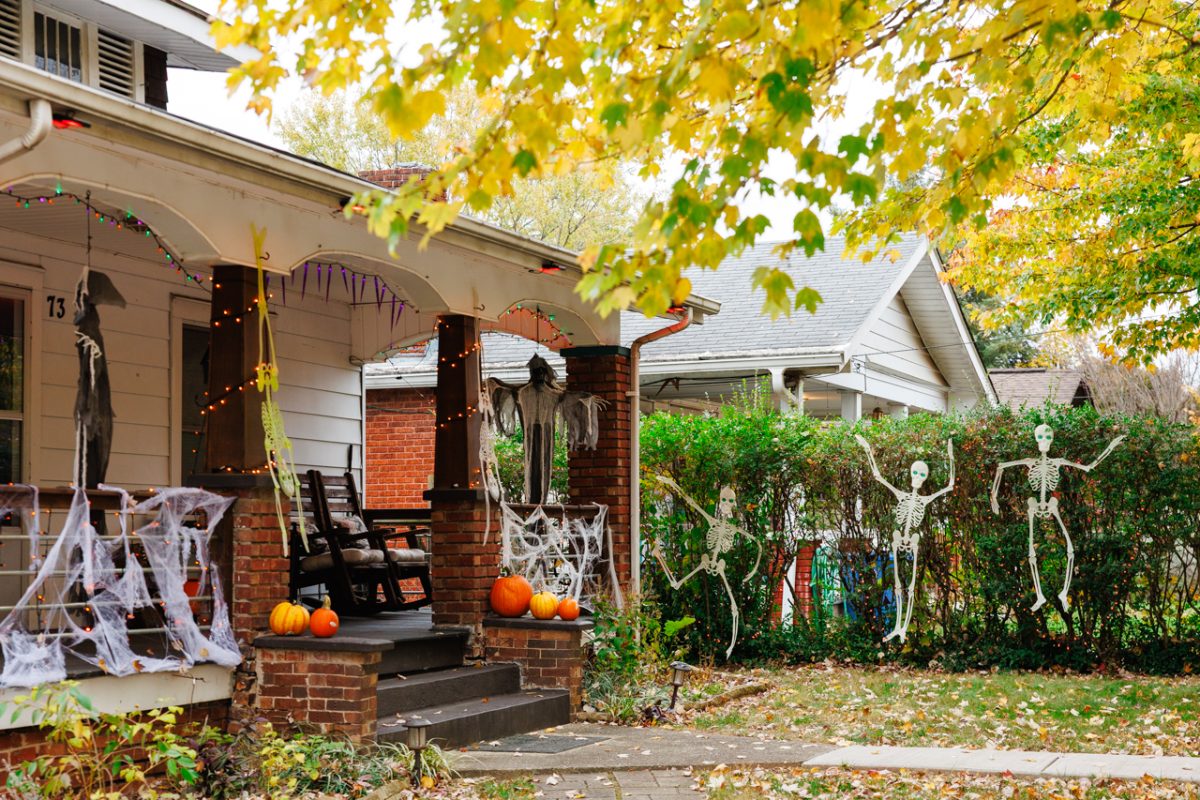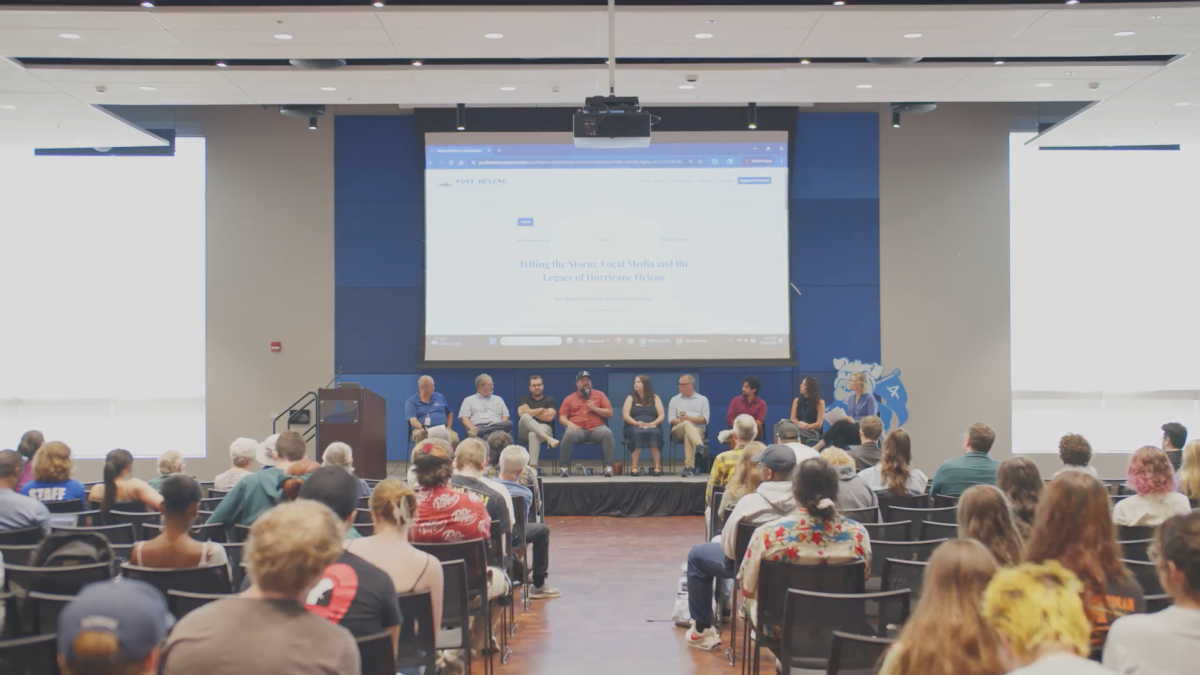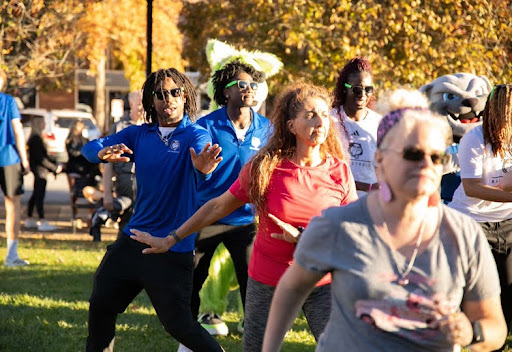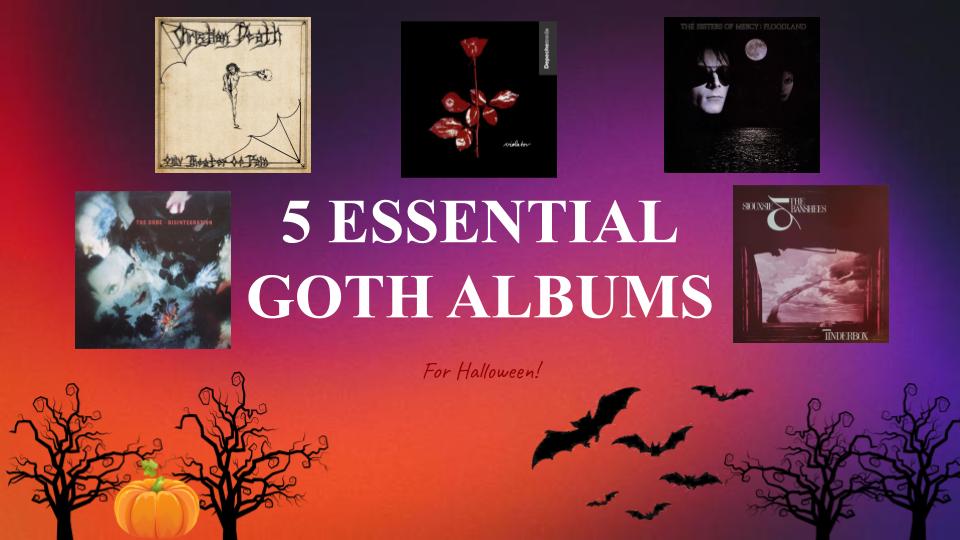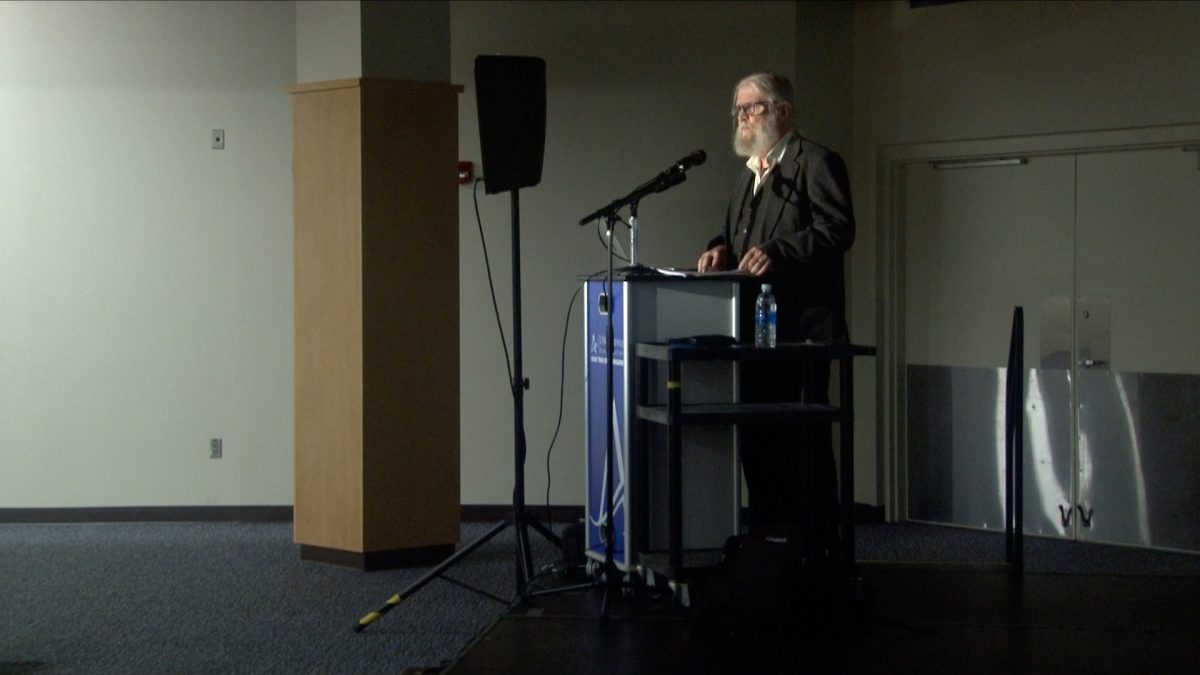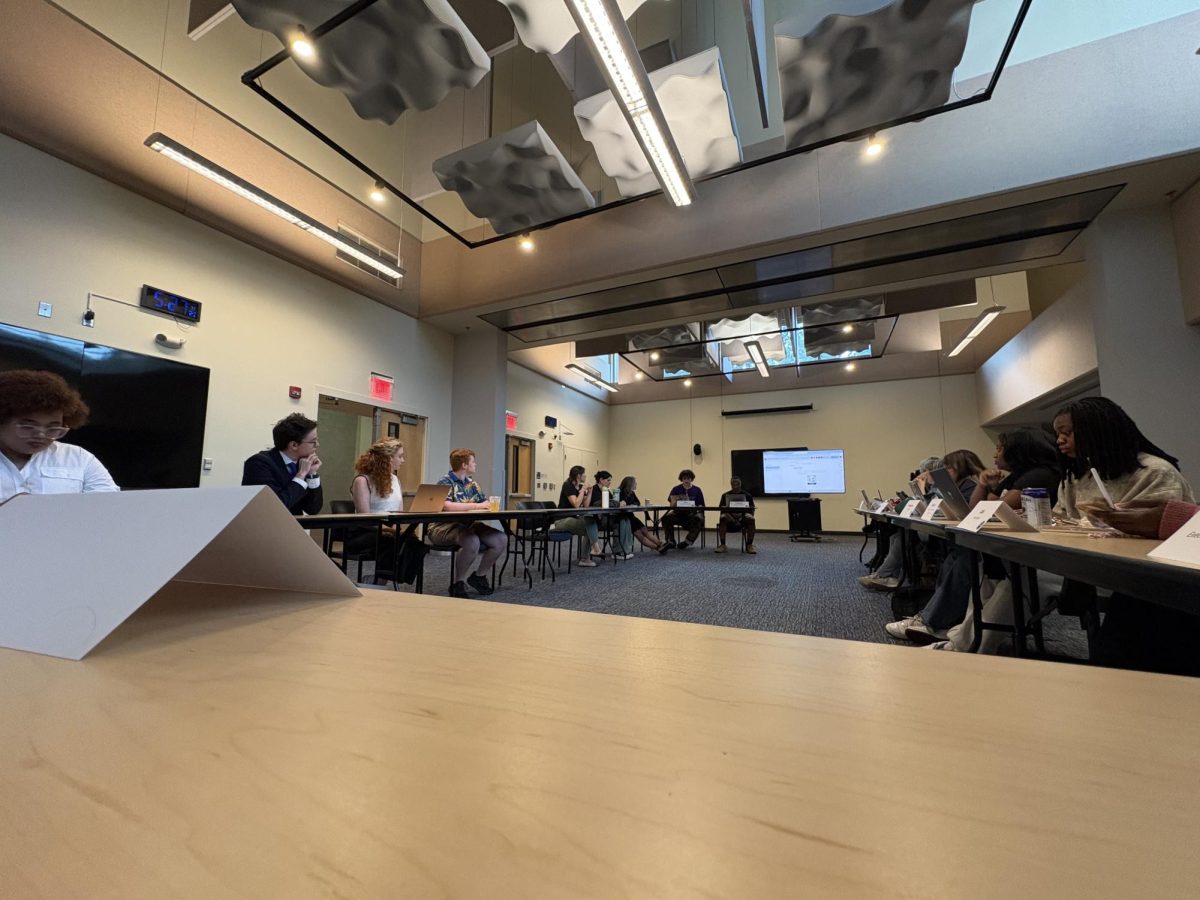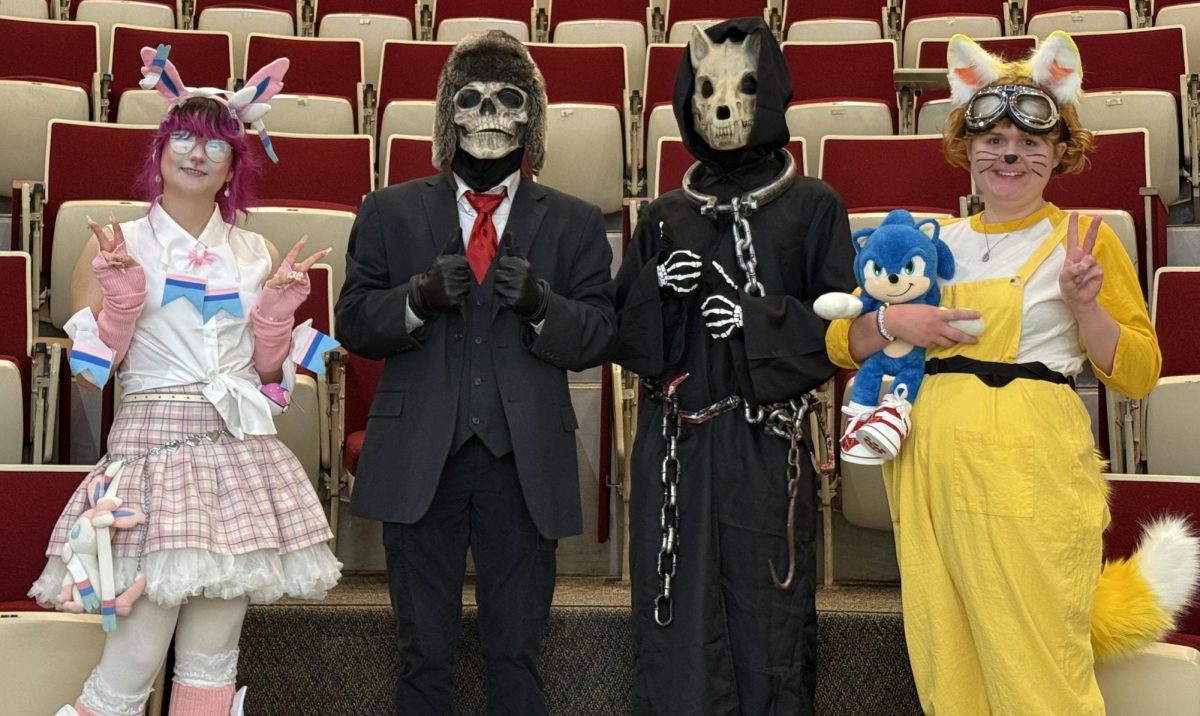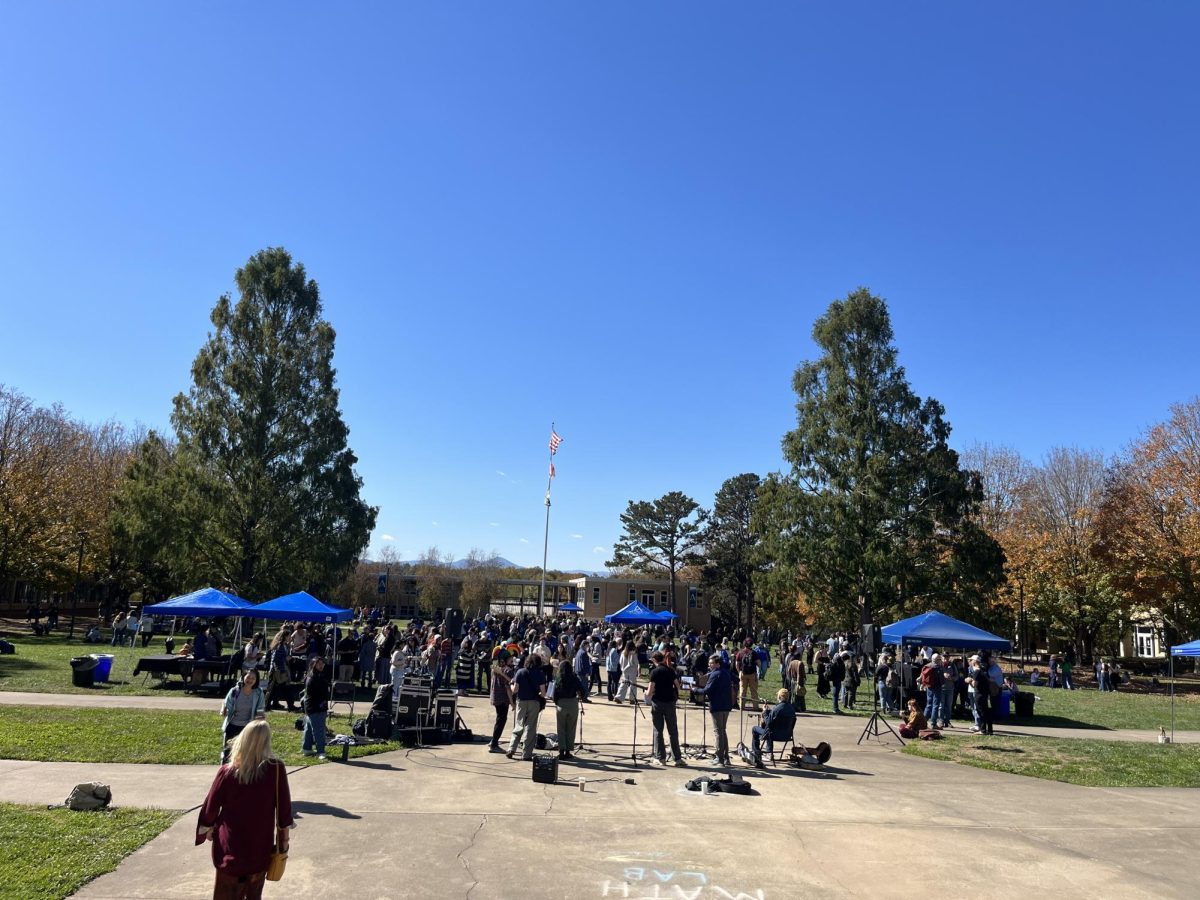Point
Nick Haseloff
Opinion
[email protected]
We live in a generation where the concepts of free speech are constantly challenged. Safe spaces and trigger warnings are detrimental to our overall university experience and prohibit the availability of new and opposing viewpoints. These tactics lead to a neutered learning environment that is far less effective and creates a polarized hivemind.
I can honestly understand the thought processes behind safe spaces and trigger warnings. I have seen some tough shit in my life too. I understand the reasons behind not wanting to hear about those things again or not wanting to relive those memories, but I am a stronger person because I dealt with them. Now my experiences are, of course, different from everyone else’s and every person reacts to different things in different ways. Sometimes talking about these things with others and dealing with them head-on are some of the best methods for moving on with your life.
Trigger warnings lead to a sort of self-censorship among faculty and students. I am currently taking a humanities course where the professor apologizes every time we read a difficult piece of text or any time a controversial topic is brought up in class. Instructors are scared of teaching their material because of the impact it might have on students when this material is supposed to have an impact. Whether the impact is negative or positive is not for us to self-censor. That impact is the exact reason it is being taught.
Emotional responses are a huge part of how we function as humans and are the main driving force behind how we grow as people. Discussions students have in class should lead people to be uncomfortable. The process of talking about uneasy topics is the best way to make them less of a problem. As Salman Rushdie said during his visit to our school last semester, “universities should be a safe space for ideas, not a safe space from ideas.” Professors should never change their teaching style or the content of their course because they are afraid a student might have an adverse reaction to it.
We go to a university advertised as “diverse” and “different.” I came to UNC Asheville because I want to be surrounded by different viewpoints. I want to hear the other side of the story. I want to be made uncomfortable. If I just surrounded myself with people and viewpoints I was comfortable with and did not feel offended by, I would not become a more open person and I would not be getting my mileage out of the university experience. How am I supposed to get the full picture if it is only ever talked about behind closed doors in these safe spaces. Tell us why you’re hurting. Share with us your experiences. How are we supposed to know what to change if we don’t know what the problem is?
Counterpoint
Rebekah Gray
Opinion Staff Writer
[email protected]
Whenever somebody brings up the idea of either trigger warnings or safe spaces, the idea is often met with derision or scorn.
Trigger warnings are incorrectly associated with either censorship or needless pandering. The problem with this mentality is it grossly misinterprets the purpose and nature of a trigger warning. What a trigger warning is meant to do is allow trauma victims to avoid content relating to their trauma and it is done in a manner where the content is not removed. It’s like adding a warning label.
Censorship would indicate the content being removed entirely, whereas a trigger warning merely states what the content contains so an individual can be prepared. A trigger warning is simply that: a warning, not a removal.
There are already common trigger warnings in our day-to-day lives. The ESRB ratings on video games denote what kind of sensitive content a game may have, even going so far as to put “cartoon violence” and “violence” into two separate categories. Movie ratings are also a form of trigger warning. An individual can see a “PG-13” rating and immediately know what the movie will and will not have.
Safe spaces are equally as important. They give individuals a place where they do not need to worry about facing trauma or dealing with the hatred of others. People can have a sense of community and take a break from having to worry about reliving trauma or having harm done to them for simply existing.
Many people who argue against safe spaces are individuals who are not part of a marginalized group or have not gone through severe trauma. They do not understand what it is like to live their day-to-day lives in fear, coping with what has been done to them or what could be done to them. They do not understand what it is to feel unsafe simply because they exist the way they exist. Safe spaces are necessary to ease the burden, when everywhere else is unsafe and unwilling to accommodate for that lack of safety.
The most common argument against both safe spaces and trigger warnings is “real life doesn’t have trigger warnings or safe spaces.” That is absolutely correct. That is why they are both necessary. They provide a way to recuperate from a world where it is unsafe to exist and prepare individuals to face it when they cannot avoid it. Who wants to live in danger constantly? Even people whose jobs put them in constant risk take breaks. It is simply unrealistic to demand individuals require these accommodations should forego them.

